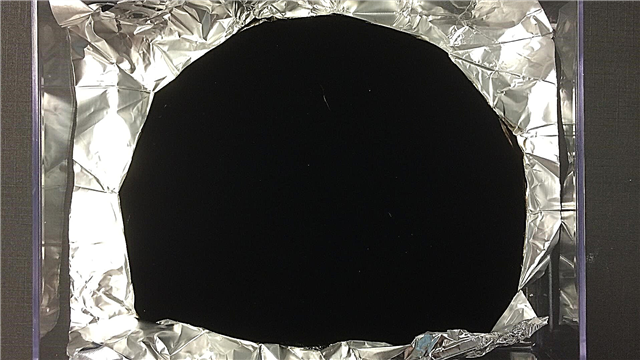
The processes themselves occurring during a thunderstorm have been studied quite well. Thunder is the soundtrack of a powerful shock wave that appears as a result of a giant electric discharge.
How does lightning occur?
Due to friction between the smallest ice floes and droplets of water vapor, static electricity arises in the atmosphere. Air does not conduct current, that is, it is an insulator. When an electric charge accumulates at a certain moment, the field strength exceeds a critical value, and molecular bonds are destroyed. In this case, air, water vapor loses its insulating properties. This phenomenon is called dielectric breakdown. It can occur inside a cloud, between two neighboring thunderclouds or a cloud and the earth.
As a result of the breakdown, a channel with high electrical conductivity is formed, filled with a giant spark discharge - this is lightning. This process releases a huge amount of energy. The flash length can reach 300 km or more. The air in the way of lightning heats up very quickly to 25,000 - 30,000 ° C. For comparison: the surface temperature of the Sun 5726 ° C.

Why does thunder arise?
Heated by lightning air expands. A powerful explosion occurs. It generates a shock wave, accompanied by a very loud sound, not an isolated one, but with peals. This is thunder. The more kinks lightning has, the more thunderbecause at every turn there is a new explosion. Plus, the sound is reflected from neighboring clouds. Its maximum volume is 120 dB.Linear and pearl lightning cannot but be accompanied by a roar. It’s just that sometimes a thunderstorm is so far from the place from which the flash is visible that the sound does not have time to reach it.
Interesting fact: in ancient pagan religions there was always a thunder god. The thunder during a thunderstorm was considered one of the manifestations of his anger. Now it is obvious that this sound should be taken only as a warning of an imminent danger. When it appears, you just need to estimate the distance to the thunderstorm and the degree of risk for people on the street.
How to determine the distance to lightning from the sound of thunder?
Between lightning and peals of thunder, some time always passes. This is due to the fact that the speed of light is a million times faster than the speed of sound. Therefore, at first a flash is visible and only after a few seconds a rumble is heard. If you detect this time, you can roughly calculate the distance to a thunderstorm.
The speed of sound propagation in air is from 331 to 343 m / s. We take the average value - 340 m / s and multiply by time. For example, 10 seconds elapsed between lightning and thunder. 340 * 10 = 3400 m. It means a thunderstorm is about 3 - 3.5 km. Since it moves at a speed of about 20 km / h, in this case it is worth finding shelter. If the sound after the flash is not heard at all, then it is at least 15 - 20 km away. That is, you can not worry. But you need to consider that sometimes the speed of a thunderstorm reaches 65 km / h.
Interesting fact: A powerful shock wave of thunder can knock windows, tumble down trees.
Lightning is a breakdown of a dielectric in the atmosphere, accompanied by a spark discharge. Thunder is the sound generated by a powerful shock wave that appears in this phenomenon. Thunderclap is a consequence of multiple changes in the direction of lightning and reflection of sound from clouds.
The maximum volume of thunder is 120 dB.If after a flash of lightning no sound is heard, then before a thunderstorm at least 15 km. The distance to it in meters can be determined by the time elapsed between the flash and the first peal. It is multiplied by the speed of sound: 340. A person who has heard thunder should consider this a warning of danger. If the distance to the thunderstorm is less than 10 kilometers, then you must wait it in a safe place.












